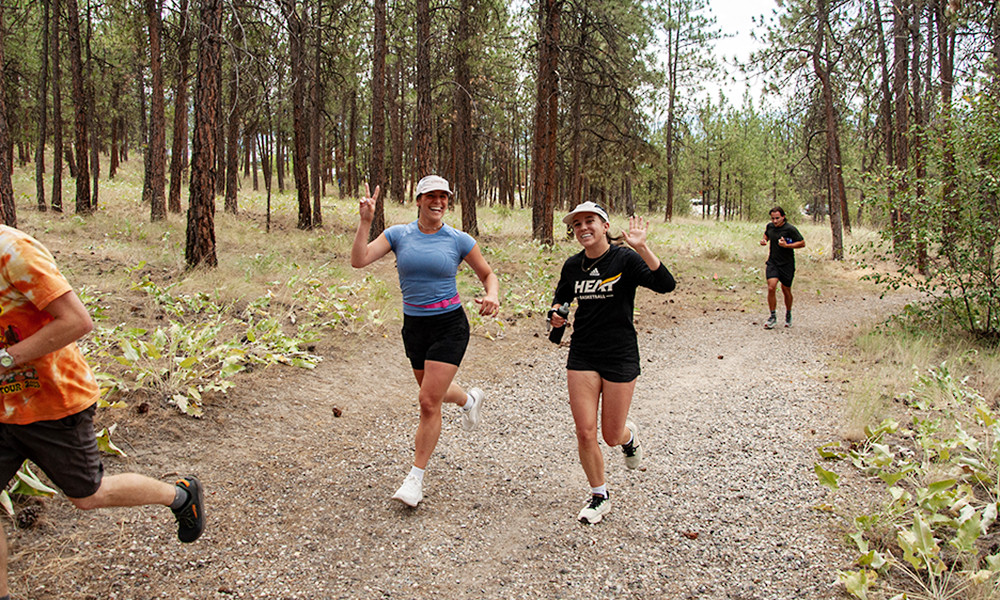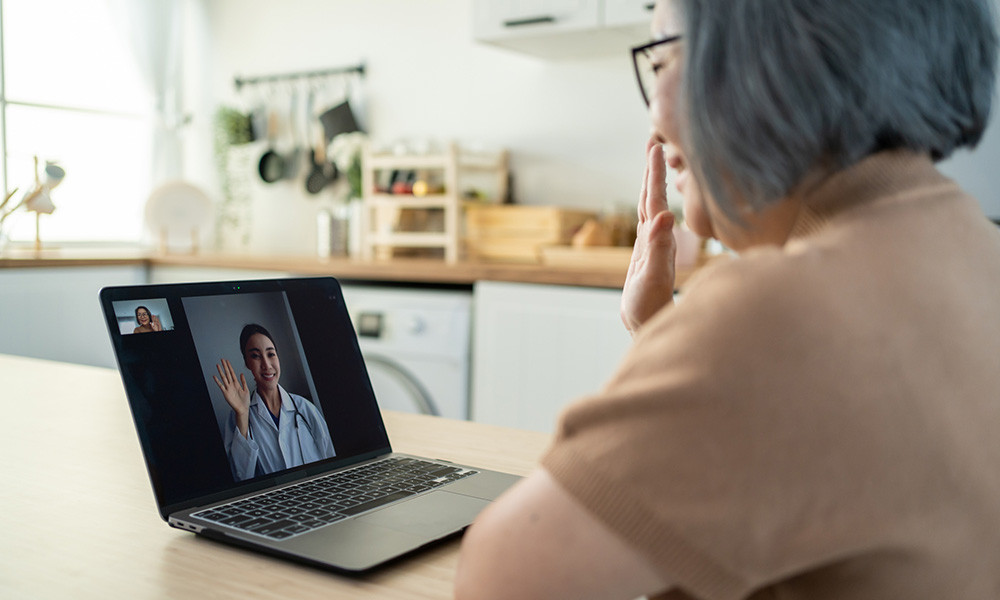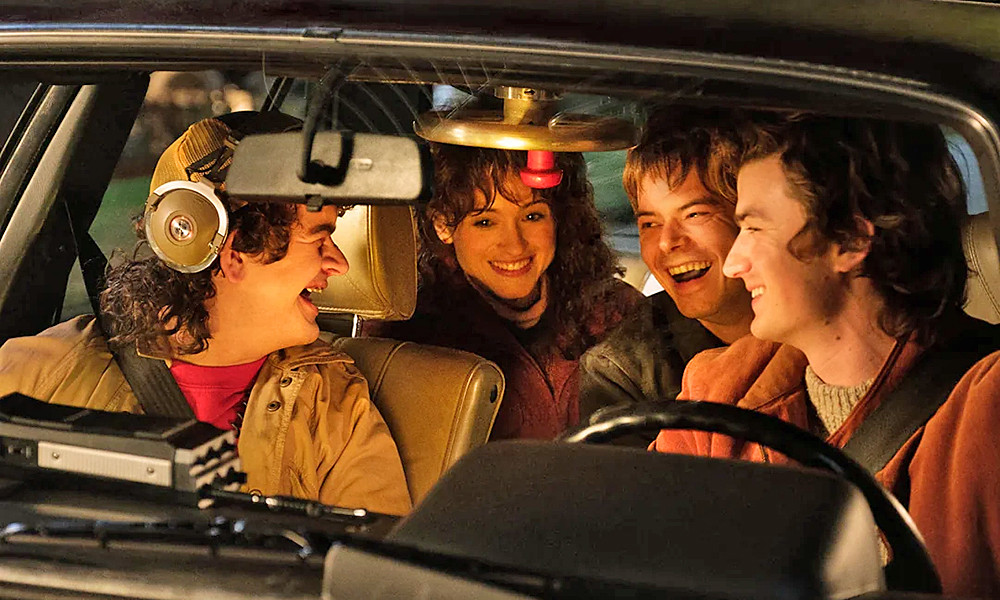
Drs. Brian Hayes and Hannah Young collaborated on a cancer survivorship study during their time as UBC Southern Medical Program students.
Two UBC Southern Medical Program (SMP) graduates are helping change how cancer survivors receive follow-up care in rural BC, and they started while still in medical school.
Drs. Brian Hayes and Hannah Young, now family medicine residents in Kamloops, co-authored a study examining barriers to family physician-led cancer survivorship care in the BC interior.
Their findings highlight a growing concern: as more Canadians survive cancer, they often return home to communities where specialist access is limited.
Family doctors are being asked to take the lead in survivorship care—but many lack the support, tools or clear protocols needed to do it well.
“It was really important for me to be a key player in this research project as a medical student, directly addressing an issue that tangibly affects physicians and patients,” Dr. Hayes says. “This experience has pushed me to continue researching patient outcomes and physician wellness throughout my career as a family doctor here in BC.”
The study, published in the Journal of Cancer Survivorship, identified five tactics that could improve the system:
The study identified five ways to strengthen the system:
- Survivorship guidelines tailored to primary care
- Standardized discharge summaries
- Clear points of contact at cancer centres
- More continuing education for primary-care providers
- Compatible electronic records across providers
The research emerged from the Clinical Research and QI Incubator program, which is operated by the Centre for Chronic Disease Prevention and Management at the UBC Okanagan campus.
“This was one of our most meaningful incubator projects,” says Dr. Christine Voss, research mentor and assistant professor at UBC Okanagan. “This project has become part of a larger multi-phase initiative with BC Cancer, which connected students, oncologists and primary care physicians in a way that’s still generating insights and momentum.”
With more papers expected this year, led by new sets of SMP students, the project is seen as a model for how education can drive practical improvements to care, especially in underserved regions.
“Working with our interdisciplinary team to identify strategies to optimize care for cancer survivors and support primary care providers providing survivorship care was an incredibly meaningful experience,” said Dr. Young. “I’m proud to have been one of the leads on this phase of the project and look forward to seeing the impact of the next phase of the project led by a new set of SMP students.”
The research team also included Dr. Siavash Atrchian and Alissa Loader from BC Cancer; Dr. Sarah McCorquodale and Dr. Matthew Stork from UBC; Elijah Haynes and Alissa Taki from UBC’s Centre for Chronic Disease Prevention and Management; and Dr. Erica Bennett from UBC’s School of Kinesiology.
The post From medical school to medical leadership appeared first on UBC's Okanagan News.








